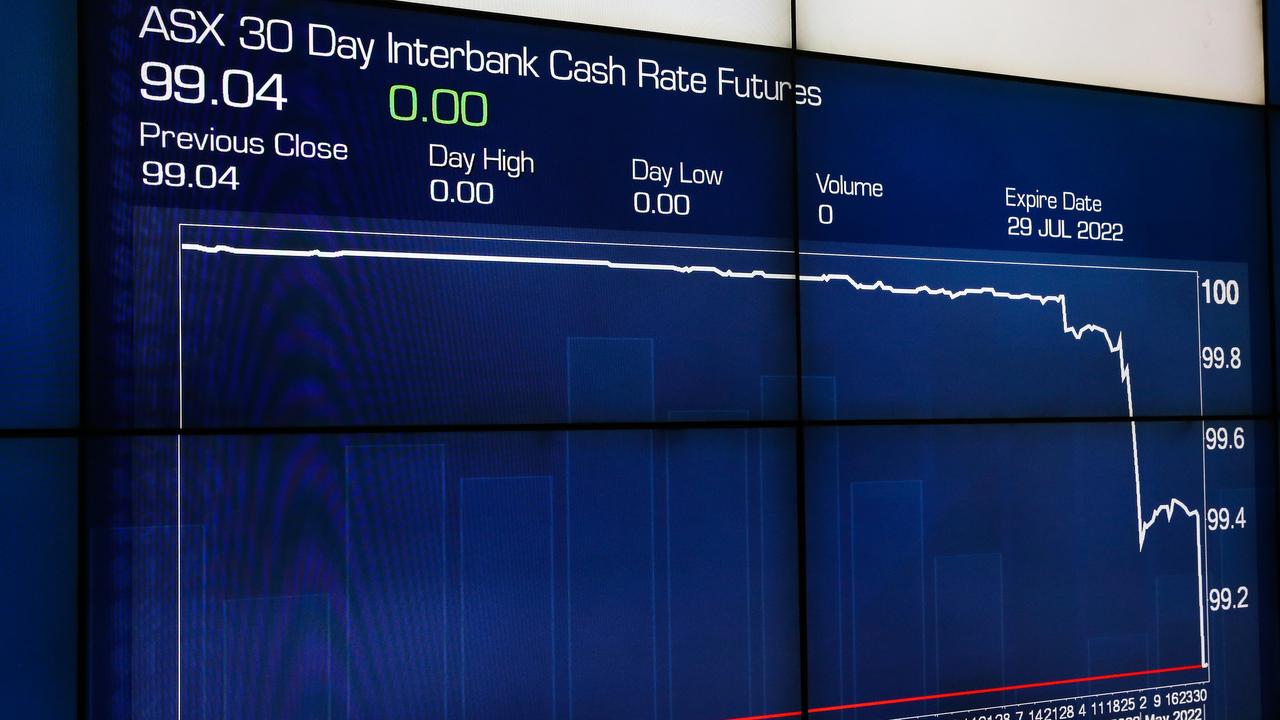RBA cuts cash rate for first time since November 2020 in huge boost for homeowners
Under-the-pump Australian homeowners have received a rate cut, but Michele Bullock has delivered a stark two-word warning about the future.
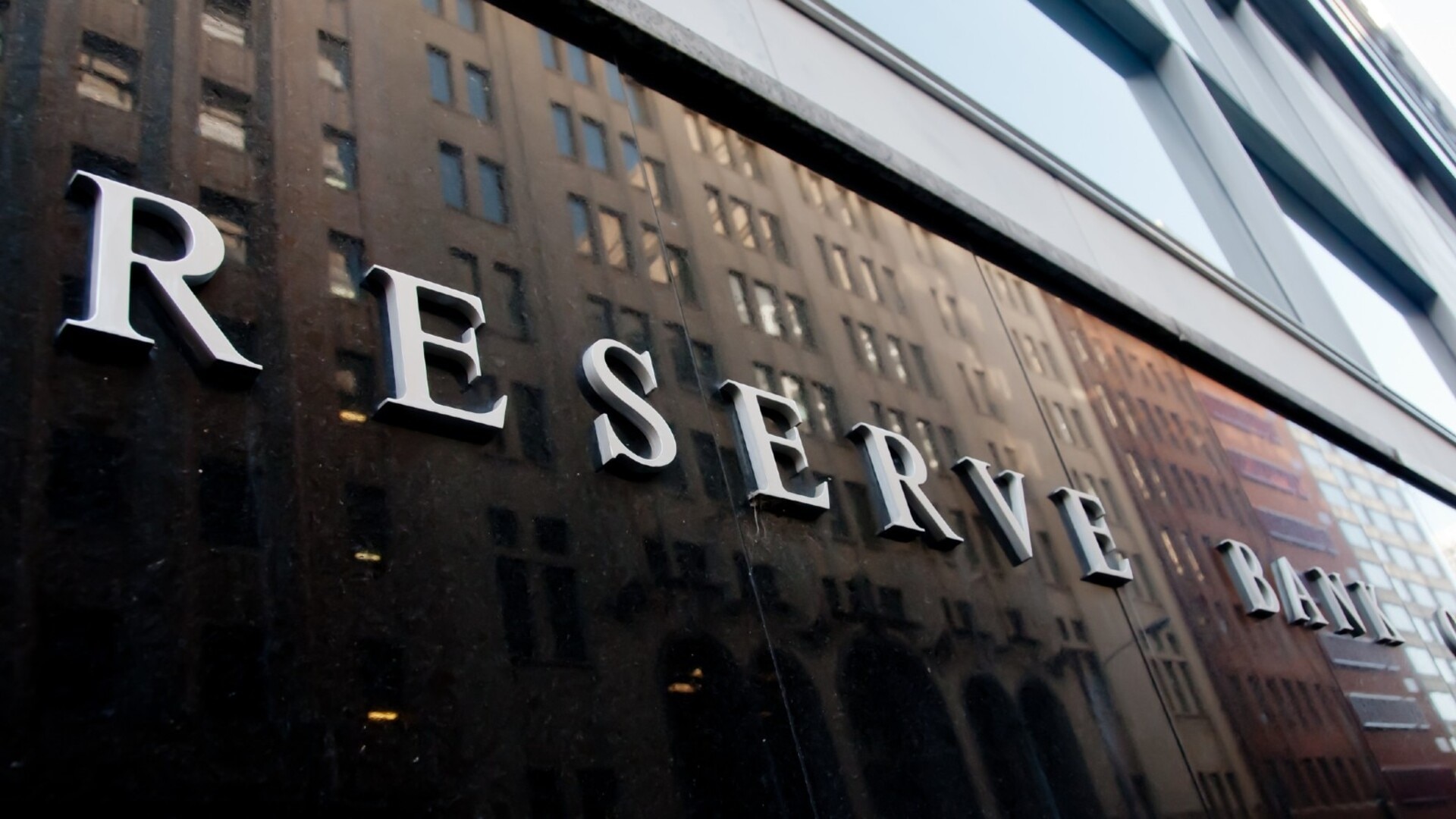
The Reserve Bank has delivered a much-needed interest rate cut to distressed mortgage holders, but governor Michele Bullock has warned under-the-pump Aussies will need to “be patient”, with the fight against inflation far from over.
Ms Bullock issued the stark warning following a question from NewsWire, where she acknowledged she had received letters from struggling homeowners suffering through an extended period of crippling interest rate rises.
“I understand you are hurting, and I understand mortgage rates have increased a lot … but we need to get inflation down because that is the other thing that is really hurting you,” she said.
“If we don’t get inflation down, interest rates won’t come down, and you’ll be stuck with inflation and high interest rates.
“So, we have to be patient. I understand it hurts. But it’s really important that we get inflation down.”
Ms Bullock’s call to “be patient” embodied the central themes of her remarks following the rate cut announcement at 2.30pm.
The Board cut rates by 25 basis points from 4.35 per cent to 4.10 per cent.
The big banks quickly followed suit and announced they would all cut their home loan rates by 0.25 per cent.
But Ms Bullock warned repeatedly that “upside risks” remained and the Board will lift rates again if they spotted any reversal in inflation trends.
She said the markets were “far too confident” about future rate cuts.
“What I would say is that the market is expecting quite a few more interest rate cuts, to the middle of next year,” she said at a press conference following the RBA’s decision.
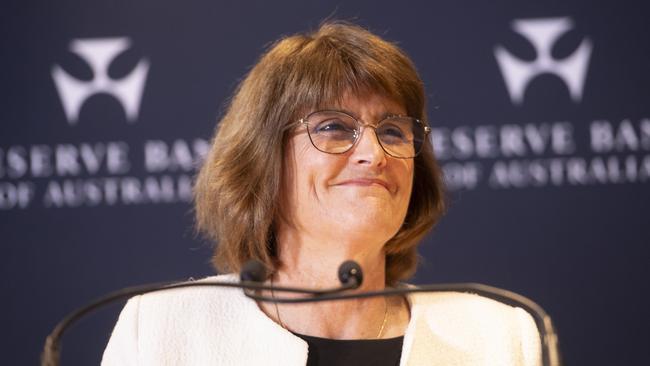
“Whether or not that eventuates is going to depend on the data.
“The markets are far too confident.
“We are still restrictive and we are waiting for more evidence.”
In order for another cut to be possible, Ms Bullock said the Board would need to see an ease in wage cost pressures, disinflation in market services and a reduction in house price pressures.
“We don’t know what the demand and supply gap is here … we are very uncertain,” she said.
“It would be really good to see some recovery in the supply side of the economy and productivity is an important part of that as well.”
Ms Bullock acknowledged the cut was a “very small rate cut”, but added “every little bit helps” and would help mortgage holders at the margins.
She said inflation disproportionately damaged low income Australians and renters, and lowering inflation was good for “everyone”.
After Tuesday’s cut, households with a $500,000 mortgage will enjoy $80 in savings every month or $960 a year after thc cut.
The Board is trying to hit an inflation rate between 2 and 3 per cent.
Ms Bullock added Tuesday’s call to cut had been a “difficult decision”.
“It was a difficult decision in the sense there are arguments on both sides,” she said.
“The Board had a very active debate…but in the end came to the decision to ease a little bit of the restrictiveness, in recognition we are making progress to our goal.”
Inflation is falling but the board remains “cautious”
In giving its reason for Tuesday’s cut, the RBA said inflation had fallen “substantially” from its 2022 peak and the Board was confident price pressures were moving sustainably towards the midpoint of the 2-3 per cent target range.
“Inflation has fallen substantially since the peak in 2022, as higher interest rates have been working to bring aggregate demand and supply closer towards balance,” the Board said in its 2.30pm statement.
“In the December quarter underlying inflation was 3.2 per cent, which suggests inflationary pressures are easing a little more quickly than expected. “There has also been continued subdued growth in private demand and wage pressures have eased. These factors give the Board more confidence that inflation is moving sustainably towards the midpoint of the 2–3 per cent target range.”
But the Board also warned “upside risks” remained.
“Some recent labour market data have been unexpectedly strong, suggesting that the labour market may be somewhat tighter than previously thought,” the statement read.
“The central forecast for underlying inflation, which is based on the cash rate path implied by financial markets, has been revised up a little over 2026.
“So, while today’s policy decision recognises the welcome progress on inflation, the Board remains cautious on prospects for further policy easing.”
An uncertain outlook
The Board also noted Australia’s economic outlook remained “uncertain”.
“There are notable uncertainties about the outlook for domestic economic activity and inflation,” the statement said.
“The central projection is for growth in household consumption to increase as income growth rises.
“But there is a risk that any pick-up in consumption is slower than expected, resulting in continued subdued output growth and a sharper deterioration in the labour market than currently projected.
“Alternatively, labour market outcomes may prove stronger than expected, given the signal from a range of leading indicators.
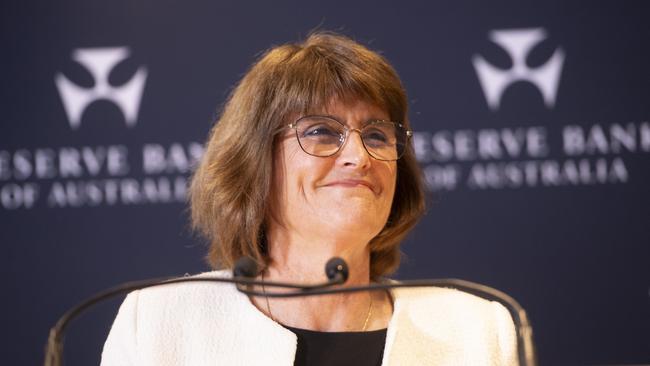
“More broadly, there are uncertainties regarding the lags in the effect of monetary policy and how firms’ pricing decisions and wages will respond to the slow growth in the economy and weak productivity outcomes while conditions in the labour market remain tight.”
The Board also flagged uncertainty in the global economy.
“Geopolitical and policy uncertainties are pronounced and may themselves bear down on activity in many countries if households and firms delay expenditures pending greater clarity on the outlook,” the statement reads.
“Most central banks have been easing monetary policy as they become more confident that inflation is moving sustainably back towards their respective targets.
“But market expectations for further easing have moderated somewhat in recent months, particularly in the United States.”
“Restrictive”
The Board reconfirmed sustainably returning inflation to target within a reasonable time frame remained its “highest priority” and expressed a “cautious outlook” about further cuts.
It said monetary policy had been restrictive and would remain so after Tuesday’s cut.
“The Board’s assessment is that monetary policy has been restrictive and will remain so after this reduction in the cash rate,” the statement said.
“Some of the upside risks to inflation appear to have eased and there are signs that disinflation might be occurring a little more quickly than earlier expected. There are nevertheless risks on both sides.
“The forecasts published today suggest that, if monetary policy is eased too much too soon, disinflation could stall, and inflation would settle above the midpoint of the target range.
In removing a little of the policy restrictiveness in its decision today, the Board acknowledges that progress has been made but is cautious about the outlook.”
“What is necessary”
The Board also warned it would “do what is necessary” to return inflation to target moving forward.
“The Board will continue to rely upon the data and the evolving assessment of risks to guide its decisions,” the statement reads.
“In doing so, it will pay close attention to developments in the global economy and financial markets, trends in domestic demand, and the outlook for inflation and the labour market.
“The Board remains resolute in its determination to return inflation to target and will do what is necessary to achieve that outcome.”
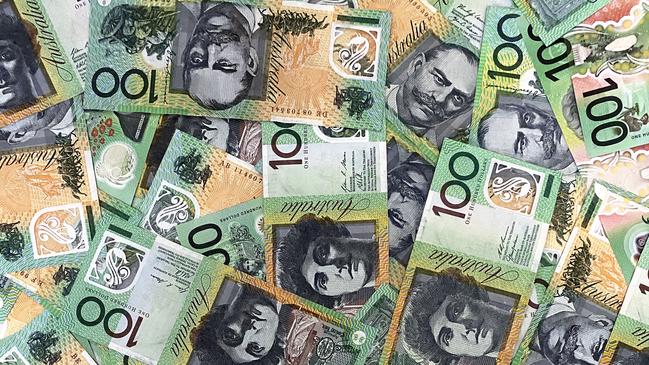
The Big Banks Follow
Australia’s “big four” banks have followed the RBA and cut home loan rates by 0.25 per cent.
Commonwealth Bank, NAB, ANZ and Westpac all announced cuts to the lending rates on Tuesday afternoon.
The markets had expected a rate cut
In the RBA statement of monetary policy – an analysis of market expectations ahead of the bank’s board meeting, markets forecast further rate relief.
This analysis is given to the board prior to the meeting starting and is based off market expectations.
“Market participants now see a very high likelihood of a reduction in the cash rate of 25 basis points at this meeting, following lower-than-expected trimmed mean inflation in the December quarter,” it said.
“Participants also anticipate close to two further cuts rate cuts in 2025 and another one in early 2026.”
The forecast comes off the back of the ABS December quarter data with trimmed mean inflation coming in at 3.2 per cent, far lower than the 3.4 per cent assumption made by the RBA in November.
In total the market forecasts are conditioned on market expectations of a cumulative 90 basis point easing in the cash rate over the forecasted period, with the first 75 basis points of cuts estimated to happen in 2025.

This would bring the official cash rate from 4.35 per cent to 3.45 per cent.
According to Canstar data, mortgage holders paying off a new 30-year $666,000 loan with principal and interest on the average rate of 6.24 per cent in February 2025 will save $107 per month after the rate cut.
On average, new mortgage holders will be around $1200 a year better off, but how much individuals will save will vary depending on the life and size of the loan as well as if their bank passes on the rate cut in full.
While Tuesday’s cuts will come as a relief for mortgage holders, AMP chief economist Shane Oliver said it usually took six to 12 months for the full impacts of a mortgage rate cut to be felt.
“As we saw with the rate hikes in 2022, it took a while before the economy actually slowed down,” he said.
“There often is a bit of a lag because it’s only one cut and it usually takes a few moves before people start to take it seriously.
“It can take a while for banks to fully pass on the cuts to customers and it also takes a while for homeowners to realise their bank account is looking better than prior to the cut.”
Originally published as RBA cuts cash rate for first time since November 2020 in huge boost for homeowners



